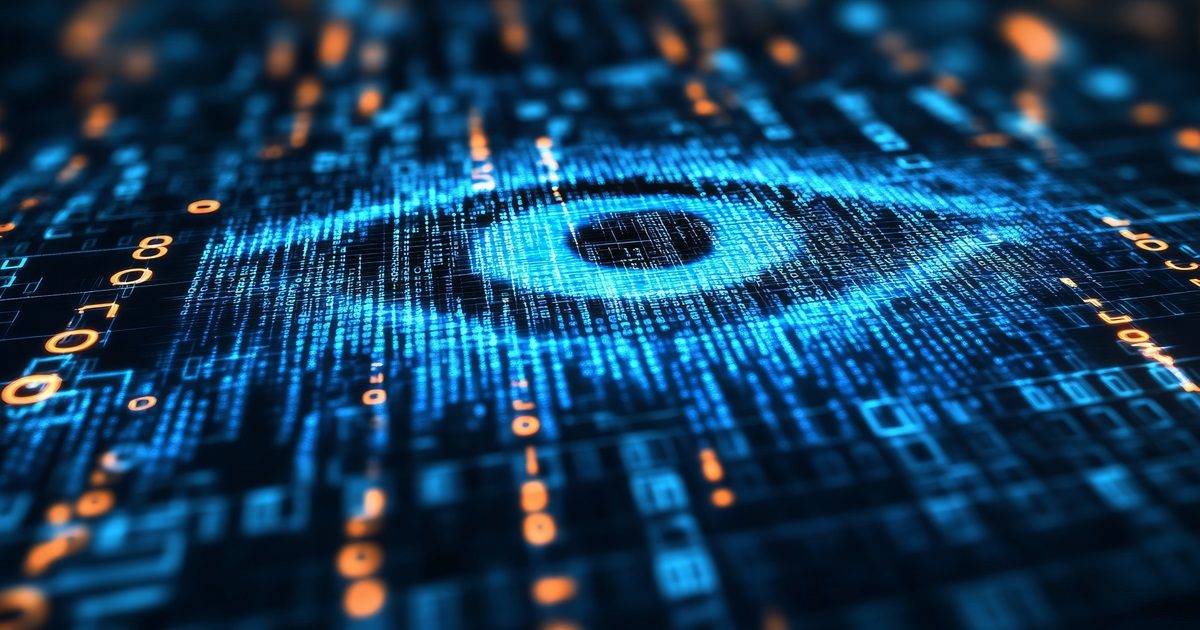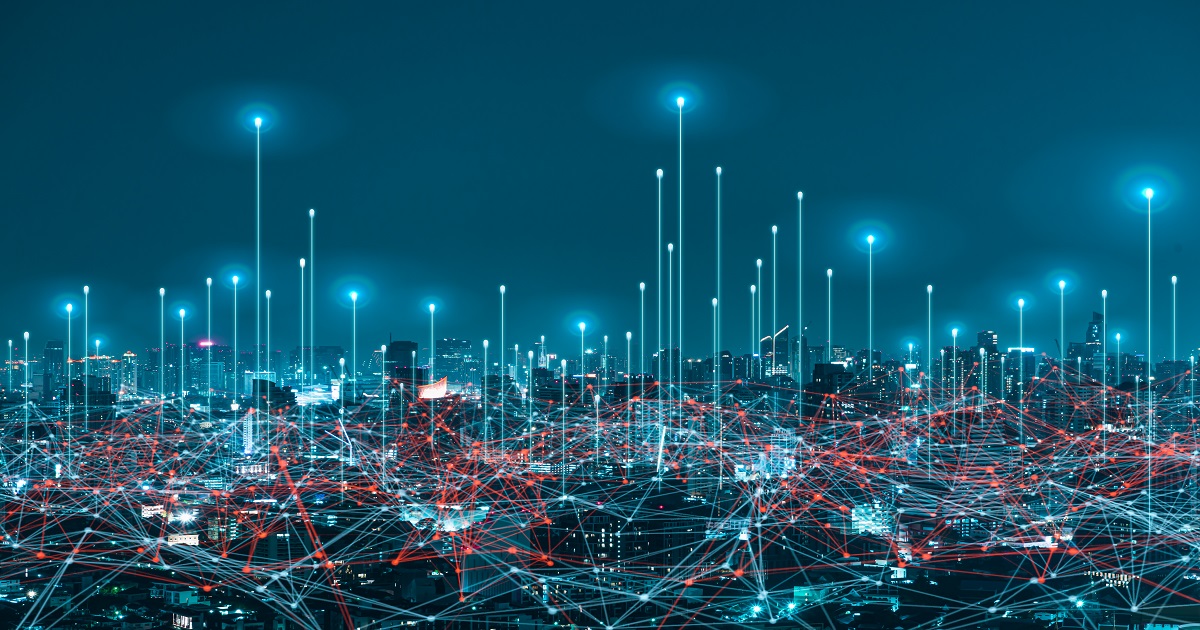Renewable energy continues breaking records in 2017 and becomes the world's fastest growing source of power. According to International Energy Agency , by 2022 renewable electricity capacity should increase by 43%. It equals the consumption needs of China, India and Germany all together.
VIDEO
Governments and industries around the world face the challenge to keep up with this pace, address this dynamics with active participation and take their share in the market. In this context, the Internet of Things plays an important role in adopting clean technology and transforming operations and processes adjusted to the new environment. Here’s how.
At a global and national scale Countries around the world put stakes in renewable energy. China saves the first place with 60 percent total annual solar cell manufacturing. The USA and India follow with a strong position in growing volume. Historical leader Europe continues breaking the records expecting Denmark to take 70 percent of all energy consumption from renewable sources by 2022. While developing Asia and sub-Saharan Africa keep it tight and plan to use clean energy to close the electrification gap.
Global clean technology powered by IoT-based systems generates billions of terabytes of data coming from trackers, sensors, cameras and audio detectors armed with AI-based recognition and analysis capabilities. Big data on weather shift, energy consumption, emissions, atmosphere, and water conditions is crucial for wind and solar farms that generate it. An not only.
IoT trends 2018 foresee excelled application of massive environment and energy consumption data generated by IoT. Major IoT players - IOTA, Cisco, Orange, PwC and others - partner to create a data market that would enable secure access to cleansed data collected from connected devices throughout smart ecosystems.
Just for a micro-fee, researchers, associations, enterprises and even the whole governments get real-time data and turn it into actionable insights. Therefore, leaders around the world are able to make data-driven decisions regarding environmental programs, refine investment strategies and fine-tune energy consumption approach.
Moreover, democratization of data would pump clean technology itself. On one hand, it helps to monetize data and brings instant return on the steady flow of data. On the other hand, it provides easy cost-efficient access to data needed to improve inside technology - train machine learning models, create predictive maintenance algorithms.
At industry and enterprise level adopt IoT solutions that both uphold clean energy initiative and reduce negative environmental impacts.
In agriculture, soil sensors optimize automated sprinkling and reduce water and gas consumption. Smart cities enable parking lots, roads and lighting with sensors that allow municipalities to improve traffic efficiency and save as much as 5 percent on fuel consumption. While manufacturers and supply chains can benefit by adopting IoT tools that introduce predictive maintenance into regular operations to eliminate costly issues of untimely repair, recycling and regular maintenance.
However, the true magic happens when IoT meets clean technology face to face.
Apparently, there’s an array of complex operations and technologies behind wind and solar farms widely adopted across industries and regions. For example, efficient operation of wind turbines , despite their minimalist looks, involves sophisticated processes of automated real-time adjustment to wind direction and speed and continuous maintenance.
Moreover, renewable ecosystems are much less predictable, compared to fossil fuels that just stay there once found.
This is why next-gen IoT solutions that combine the power of a wide range of technologies - machine learning, augmented reality, blockchain, etc. - are absolutely essential for the efficiency of clean technology.
The AI-powered analysis of the streams of data collected from the sensors on wind turbines and solar farms allows users to create predictive models and automate on-demand maintenance. Augmented reality helps to visualize detected problems and simplify troubleshooting. While IoT-focused blockchain enables secure data purchase and monetization.
By the way, the same is relevant for fossil fuel exploration, since IoT can be easily applied to expand the efficiency of coal, oil, and gas production. Efficiency in this sector implies reduced emission, increased energy output and improved reliability and security.
At household and individual consumer level
Today, IoT tools for electricity consumption monitoring and control allow households use simple mobile apps and manage the way they use power, participate in energy preservation initiative and influence the numbers shown in monthly utility bills. Not to mention anomaly detection and remote control of electrical appliances that help consumers optimize the use of electricity and make environment-focused efforts.
This is a good example of how a consumer makes an active impact. However, there’s a wide range of IoT applications that don’t require much effort from an individual, and still help participate in the future of renewable energy.
Take Tesla cars, for example. Over-the-air fix that allows electric cars to repair themselves via a simple software update doesn’t require any effort from a car owner. How does it relevant?
Owning a Tesla car makes it a significant contribution to creating clean energy environment in the first place. Second, over-the-air fix a simple example of a consumer-facing IoT solution that changes habitual car ownership. It prevents complications from untimely repair, reduces unnecessary trips for maintenance and potentially saves a driver from unexpected troubles on the road. In other words, it makes it easy and, ironically, trendy to shift to renewables.
Today, IoT works for emerging renewable energy ecosystem to optimize and ensure reliability of its operations, leverage massive real-time and legacy data, secure sustainability and facilitate engagement with consumers, households and the whole countries. Thus, it makes the Internet of Things nothing else but an associate in the clean energy initiative.
Edited by
Ken Briodagh





